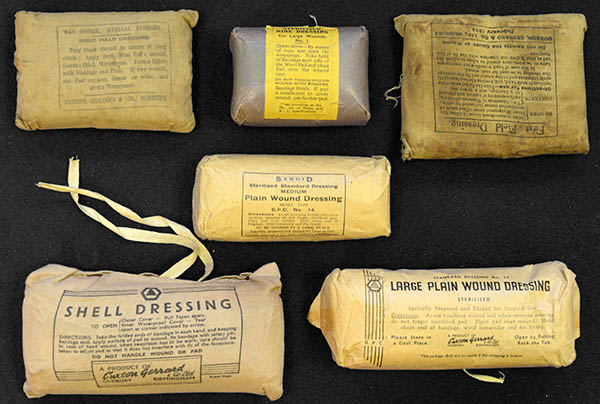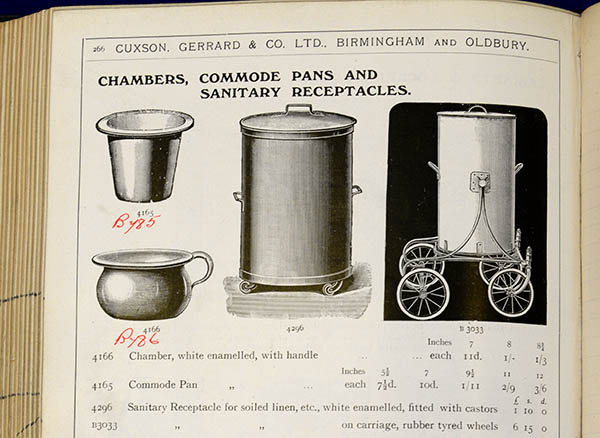Before reading this post please read the previous one: The Birth of a Company. I wrote it some time ago but failed to upload it. However its new place immediately before this one is far more logical

Many posts ago we left my great grandfather, AW, and the company that he jointly founded, Cuxson Gerrard and Co. Ltd. in 1904, at the time the company was set up. Sadly the minutes of the board meetings from then tell us nothing about the management and operation of the company; they are very brief and formal, just dealing with financial and legal matters.
However there is a small book in the CG archive that provides a little background information. This is a brief history of the first 50 years, starting in 1878 with Gibbs Cuxson & Co. and going up to 1928. It says about the late 19th Century that Gibbs Cuxson & Co. “was generally conceded to be the pioneers of Antiseptic Surgical Dressings manufacture in this country”. This was probably at a time that AW was a sleeping  partner / advisor.
partner / advisor.
It goes on to say that Mr Gerrard had “…a wide knowledge of the requirements of hospitals in the way of Surgical Dressings, Surgical and Medical Plasters, Ligatures etc, and now an extensive business has been created at Fountain Lane, Oldbury, near Birmingham in meeting the needs of Hospitals, Institutions, Chemists, Government Departments, etc, throughout the world. …….and in the Great War Surgical Dressings and other medical equipment was furnished, not only to the British, but to each of the Allied Forces.”
A mere 21 years after “The Great War” the country was at war again and the company was supplying dressings to the armed services. The products in the photo below are almost certainly from that time.

The extensive sales catalogues from about 1910 also have a huge range of other items for which the company was obviously acting as distributor. These remind us of a very different age: a confident Britain around the height of Empire with an expanding middle class and health care growing rapidly. Pharmacists had taken over from Apothecaries but the hardware still had a feel of solid Victorian engineering about it. It was also a time when pharmacists weighed out their ingredients in Grains, Scruples and Drachms, photo below.

The various other images scattered throughout this post are taken from an early CG catalogue and the header image is a sketch of the factory from around 1910, dated by the car.
In previous posts I have quoted from the tribute to AW by John Humphrey Ph.C., which was printed in the Pharmaceutical Journal. Mr Humphreys has 2 relevant paragraphs about this time; writing about AW he says:
“The coming of the Great War provided him with innumerable opportunities for the display of his inventive genius, and his services were continually in demand at the War Office during the progress of the life-and-death struggle of the nation. One persistent memory of Gerrard is of being with him in his laboratory about this time and hearing all about his difficulties in ensuring complete sterilisation of catgut. He handled the various specimens that served to point his remarks with the loving care that characterises the creator of what is new, and he carried one away with him in his enthusiastic relation of successful overcoming of difficulties.”

“A great increase of business led to considerable expansion of the factory now under Gerrard’s control, and it was obvious that the termination of the war would find his company with much more space than they would normally require, once the demand for war supplies ended. This aspect of the matter only served, however, to set Gerrard’s mind to work in the search for ideas how to utilise all the extra space in the extended premises when the need came. As a result, everything was planned in advance for utilisation of every inch of what would otherwise been surplus space in the production of new lines……The business instinct was no less pronounced in Gerrard than was the inventive capacity, and overall he was a wonderful organiser”
Just a reminder; he was 70 at the outbreak of the war.
Did production of Carnation Corn Caps start at this time? They will feature in a future post.



